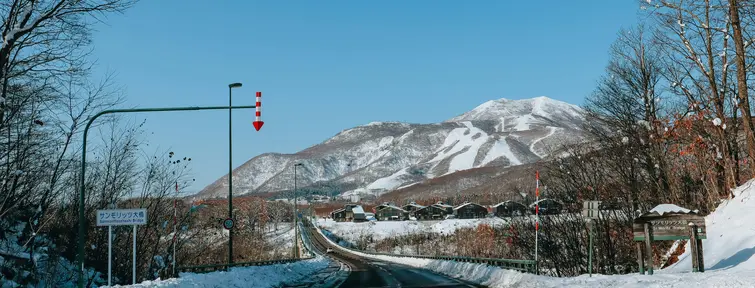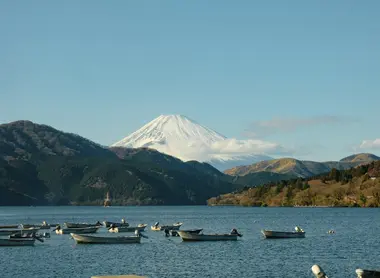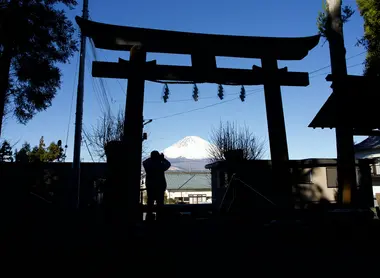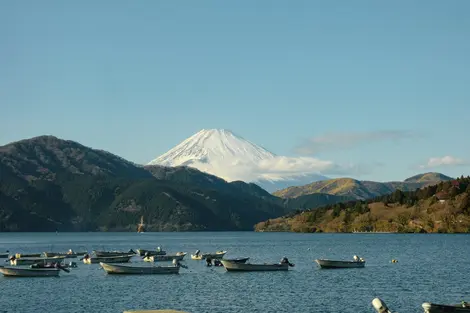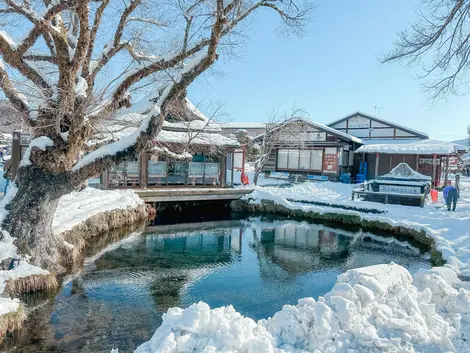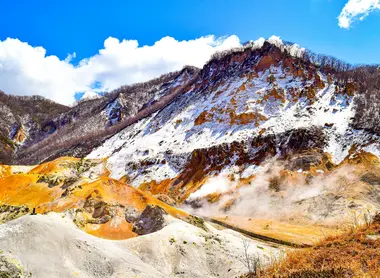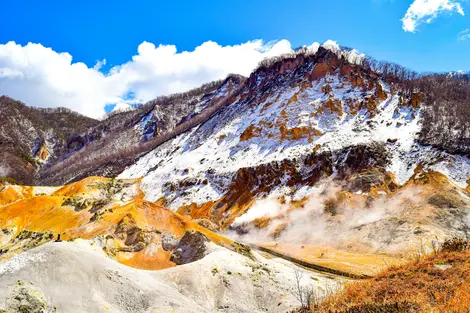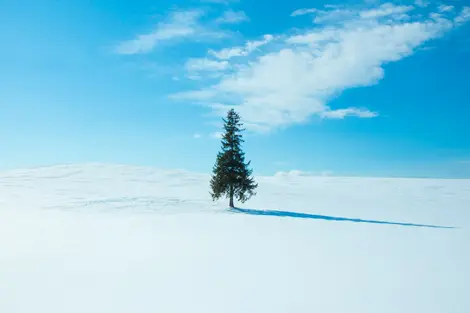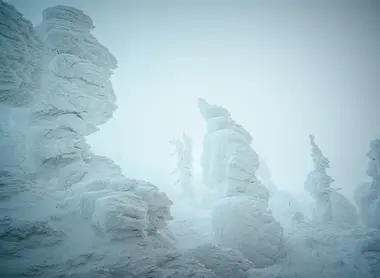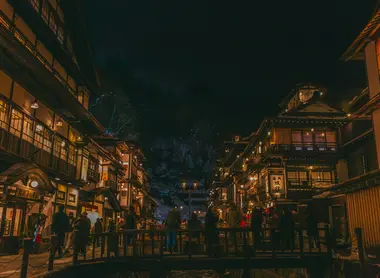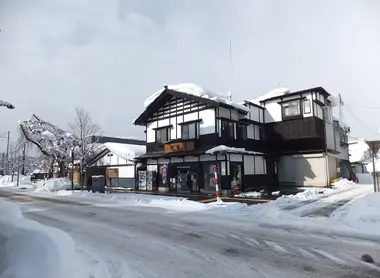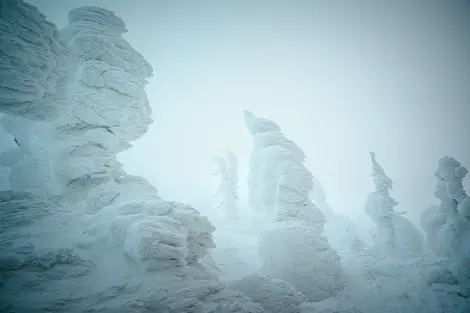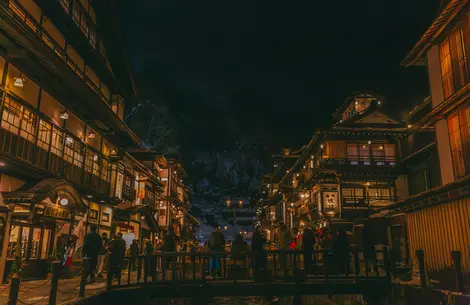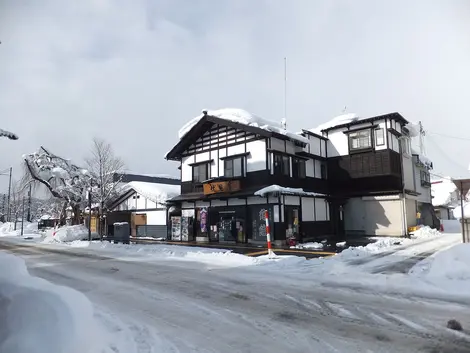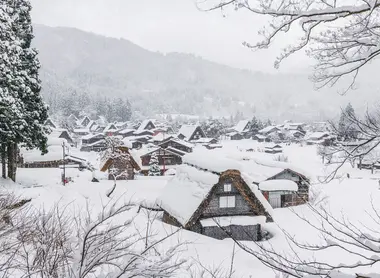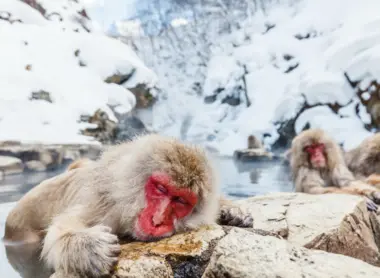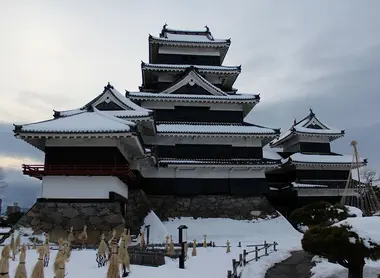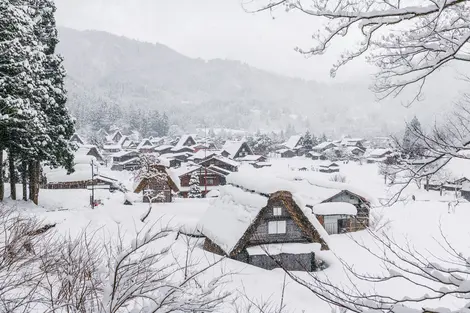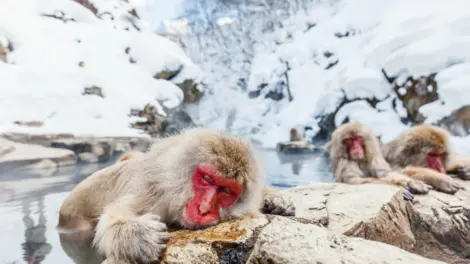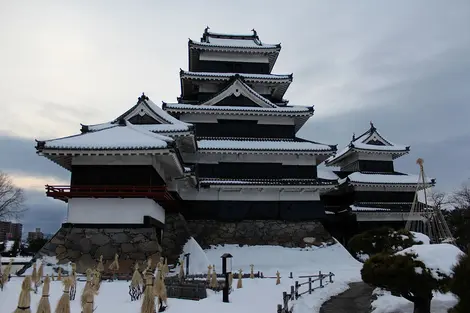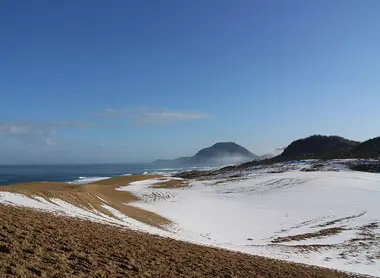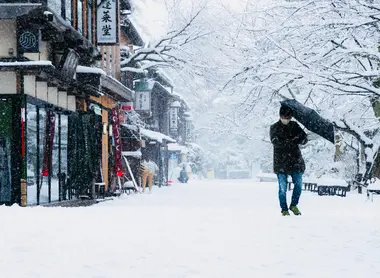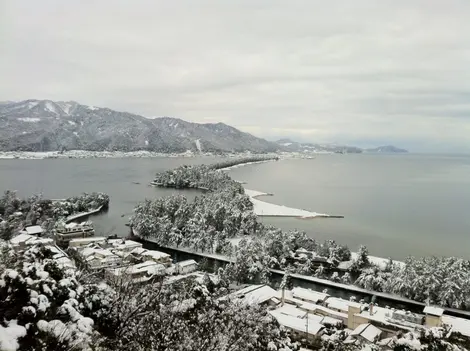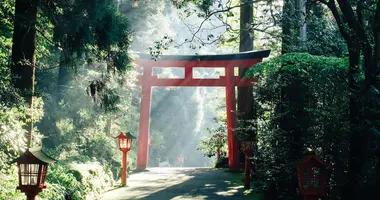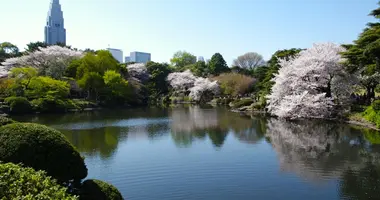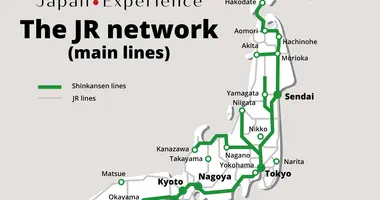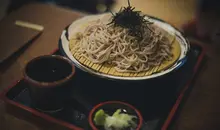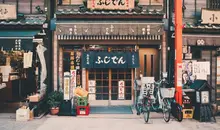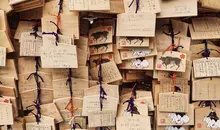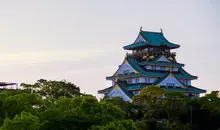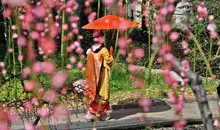The best winter road trips to do in Japan
- Published on : 27/11/2025
- by : Joshua
- Youtube
Japan as a country has a lot to offer throughout all the seasons. While winter is often seen as a time to stay inside and stay warm, many destinations throughout the archipelago offer beautiful landscapes and cultural events during the colder months. As snow blankets rural landscapes and mountain ranges, the country’s highways and byways become gateways to steaming hot springs, charming historic towns, and some of the world’s finest ski resorts. One of the best ways to take all of this in is through a road trip!
While Japan is one of the best countries to travel by train, an adventure on the road makes for a great way to explore in a more personal, leisurely way. Make stops at local shops and off-the-beaten-path locations as you make your way between destinations.
Travelers can explore dramatic coastal routes swept by winter waves, vast forests transformed into white wonderlands, and illuminated villages that feel lifted from storybooks. Whether you’re chasing powder snow, savoring local winter cuisine, or simply cruising through breathtaking scenery, a Japanese winter road trip is an unforgettable journey into the heart of the season.
Order your license translation!
Many travelers can drive in Japan just with an international driver's license. However, for those with licenses issued by France, Switzerland, Germany, Belgium, Monaco or Taiwan will need an official translation of their license in conjunction with an international license. Order your official license translation now and drive around Japan!
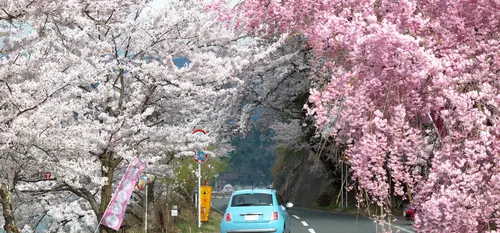
Tokyo to Mount Fuji (Yamanashi/Shizuoka)
With Tokyo being the major metropolitan center it is, it can be hard to believe that the iconic silhouette of Mount Fuji is only a few hours away by car. Indeed, with a 1.5 to 2 hour drive, the urban sprawl and towering skyscrapers of the capital are replaced with the sweeping slopes of Japan’s most famous natural landmark. The mountain itself is located both in Yamanashi Prefecture and Shizuoka Prefecture, and in winter, on clear days, the summit of the mountain can be seen with a stark white snowcap. Here are some other key locations to see:
Fuji Five Lakes (Yamanashi): Lakes Kawaguchi, Yamanaka, Sai, Shoji, and Motosu provide scenic viewpoints of Mount Fuji, winter reflections on the water, and opportunities for hiking or relaxing by the shores.
Chureito Pagoda (Yamanashi): Famous for its panoramic views of Mount Fuji framed by the pagoda, especially picturesque in winter with snow-dusted surroundings.
- Gotemba (Shizuoka): Known for the Gotemba Premium Outlets and nearby access to hiking trails and Fuji Subaru Line for closer mountain views.
Fujinomiya (Shizuoka): One of the main climbing gateways to Mount Fuji, with winter sightseeing around the Fujisan Hongu Sengen Taisha Shrine.
- Oshino Hakkai (Yamanashi): Traditional village with clear spring water ponds reflecting Mount Fuji, serene in the quieter winter months.
Be wary, however, as during certain parts of the day traffic going in either direction can become fairly congested. But a well-timed departure makes things pretty smooth. Highway tolls average at around 2,200 yen one way.
Through and around Hokkaido
With snow-covered forests, frozen lakes, and coastal roads dotted with floating ice, a winter road trip around Hokkaido delivers some of Japan's most striking and picturesque landscapes.
Sounkyo Gorge & Noboribetsu: Calming hot springs perfect for relaxing after long, cold drives.
Abashiri, Shiretoko, and eastern Hokkaido: Enchanted winter scenery under sheets of snow, ideal for nature lovers.
Kushiro: Opportunity to see red-crowned cranes in their natural snowy habitat.
Biei: Expansive snowfields offering breathtaking winter photography and scenery.
Sapporo & Asahikawa: Host winter events like the Sapporo Snow Festival and Asahikawa Winter Festival, adding festive excitement along the road.
However, winter driving in Hokkaido necessitates planning and caution. Cars are equipped with studless winter tires since snow and ice are frequent, and it's a good idea to drive carefully and give yourself additional time. It is crucial to monitor forecasts and road condition reports every day because weather can change quickly, particularly in coastal and mountainous areas.
Even in rural locations, there are plenty of rest stops, roadside stations (michi-no-eki), and convenience stores where people may warm up, refuel, and get refreshments. A winter road journey across Hokkaido can be quite gratifying and safe if you plan beforehand and have a flexible schedule.
Up and down the Tohoku Region
Just below Hokkaido is the Tohoku region, a collection of six primary prefectures that make up the northern portion of Honshu Island. There’s a rich, diverse culture to experience here, with many hot springs to relax in, events to participate in, and delicious specialties to indulge in!
Mount Zao (Yamagata): Famous for its “snow monsters” (juhyo), frost-covered trees that create an otherworldly winter landscape.
Ginzan Onsen (Yamagata): A charming hot spring town with lantern-lit streets and traditional ryokan, perfect for a cozy winter stay.
Hiraizumi (Iwate): Historic temples and UNESCO World Heritage Sites, including Chūson-ji, look especially serene under a blanket of snow.
Oirase Gorge (Aomori): Stunning frozen waterfalls and icy streams create a magical winter hiking experience.
- Kakunodate (Akita): A samurai district with preserved traditional streets, beautiful when dusted with winter snow.
Through Central Japan and the Japanese Alps
The central part of Japan is home to the mountain range often cited as the “Japanese Alps.” Nagano Prefecture and Gifu Prefecture are two of only eight landlocked prefectures in the country, and what they lack in coastline they make up for with rolling mountains, deep valleys, and flowing rivers. These prefectures also see a good amount of snowfall, making their landscapes in winter truly picturesque. There are a number of great locations to check out throughout this region.
Shirakawago (Gifu) and Gokayama (Toyama): UNESCO World Heritage Sites known for their traditional thatched-roof houses. These villages are especially picturesque in winter, when the steep-roofed homes are covered in freshly fallen snow—an iconic scene of the region.
Jigokudani, Nagano: Famous for its wild Japanese macaques that soak in natural hot springs during the cold season.
Onsen towns: Popular onsen to visit include Gero Onsen near Takayama in Gifu and Nozawa Onsen in Nagano. Great for warming up during winter!
Matsumoto, Nagano: Best known for Matsumoto Castle—one of Japan’s most beautiful original castles, distinguished by its striking black exterior and dramatic mountain backdrop.
Takayama, Gifu: Takayama in Gifu Prefecture is a beautifully preserved mountain town known for its historic Edo-period streets, traditional wooden architecture, and vibrant morning markets.
Given its mountainous geography, practice caution when driving during snowy weather. However, the snow-topped mountains and geography are beautiful to look at as you traverse through the landscape.
Along the Japan Sea Coast (From Ishikawa Prefecture down to Shimane)
As a majority of Japan’s major cities are on the eastern Pacific Coast, a trip down the Japan Sea Coast entails more modest and down-to-earth destinations. We suggest starting in Ishikawa Prefecture and heading down south up to Shimane Prefecture, staying at one of the prefectures on the way. Some notable destinations along the way are as follows:
- Kanazawa, Ishikawa: The capital of Ishikawa Prefecture, this modest city was largely untouched during WWII, preserving its culture and carrying a strong appreciation for artistry into the modern day.
- Yamanaka Onsen, Ishikawa: One of the most beautiful onsen towns on Honshu Island, hotels, onsens, and restaurants are located within a deep valley with a flowing river.
- Tojimbo Cliffs, Fukui: This unique natural landmark is made up of distinctly shaped rock formations. It is part of the Echizen-Kaga Kaigan National Park.
- Amanohashidate, Kyoto: One of the “3 great scenes of Japan,” this unique landbridge hosts dense foliage, making for a great view of the bay.
- Tottori Sand Dunes, Tottori: These coastal dunes are unlike anywhere else in Japan. During winter, oftentimes snow falls on the beaches, making for a unique scene of gold and white.
- Adachi Art Museum, Shimane: Home to a large, permanent collection of Yokoyama Taikan paintings as well as one of the most beautiful Japanese gardens in the country.
There is no set starting point or ending point for a journey down the Japan Sea Coast, but as traversing down the island takes a good amount of time, it’s important to be well rested and to stay at a hotel or ryokan along the way. The Japan Sea is famous for its delicious seafood, and many of the places of accommodation on the way will feature it on their menus.
For more news about Japan and Japan travel, be sure to subscribe to our newsletter and follow us on Instagram!
